The initial action to eradicate black mold involves recognizing and finding it.
Black mold can grow in damp, dark areas of your home, such as basements, bathrooms, and kitchens. Black mold can be detected using visual and electronic aids and removed with proper techniques. By following a few simple steps, you can identify black mold in your home and take steps to get rid of it.

Signs of Black Mold
Black mold is a type of fungus that can grow in damp and humid environments. It can cause health problems, especially for people with allergies or respiratory issues.
Here are some signs that you may have black mold in your home or workplace:
- Visible mold growth: Black mold can appear as black, green, or gray spots on walls, ceilings, and floors. It may also have a fuzzy or slimy texture.
- Musty smell: Black mold has a strong, musty odor that can be unpleasant and difficult to get rid of. If you notice a persistent musty smell in a room or area, it could be a sign of black mold.
- Water damage: Black mold thrives in moist environments, so if you have had water damage or flooding in your home or workplace, it could be a breeding ground for black mold.
- Health symptoms: Exposure to black mold can cause a range of health problems, including respiratory issues, allergies, and headaches.
If you or someone in your household or workplace is experiencing any of these symptoms, it could be a sign of black mold. - Discoloration: Black mold can cause discoloration on surfaces, such as walls, ceilings, and floors. If you notice any unusual discoloration, especially in areas that are prone to moisture, it could be a sign of black mold.
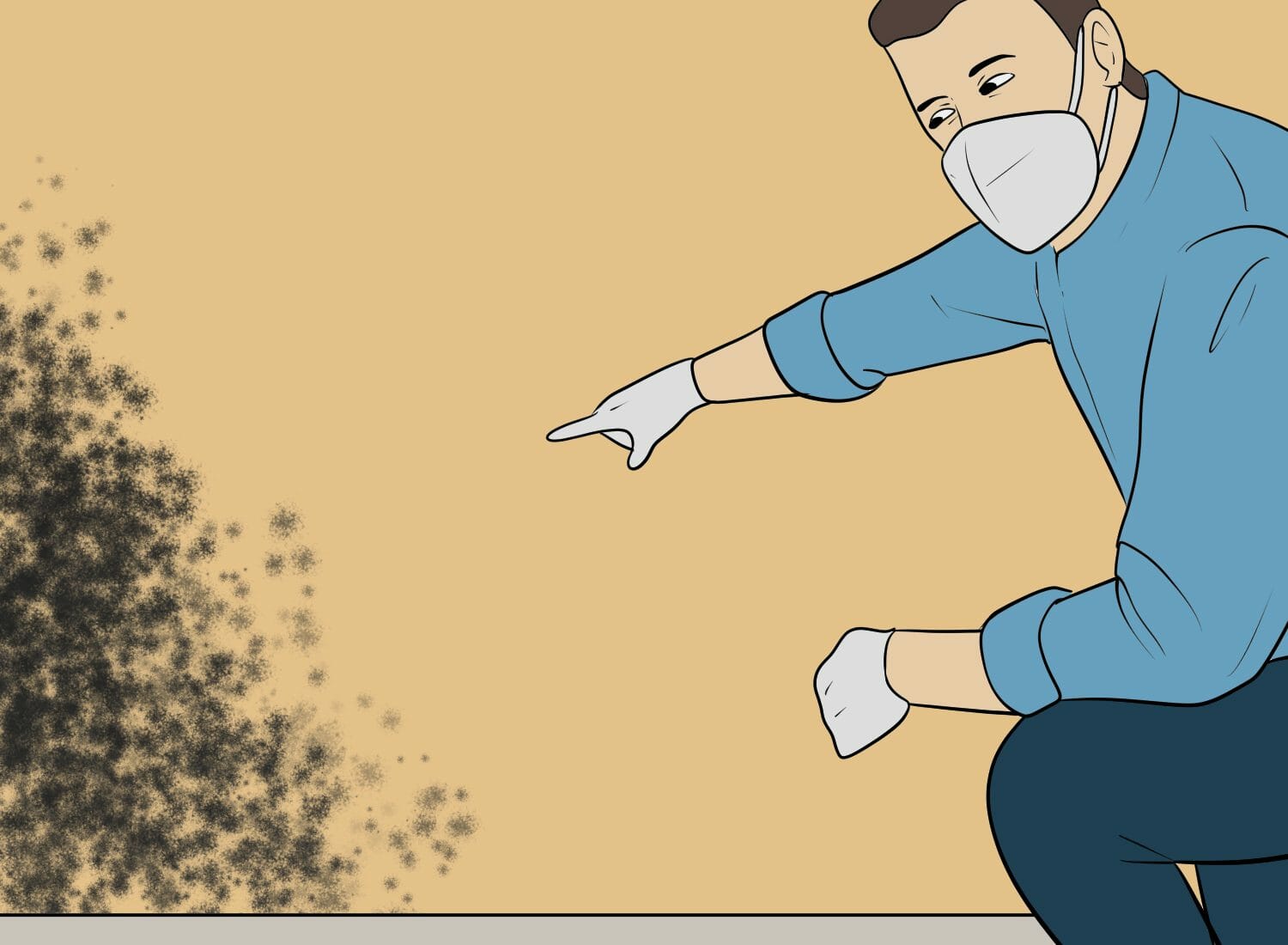
If you suspect that you have black mold in your home or workplace, it is important to take action to remove it as soon as possible. Ignoring the problem can lead to more serious health issues and damage to your property.
Health Risks Associated with Black Mold
While not all people who come into contact with black mold will experience symptoms, those who are sensitive or allergic to the spores may develop a range of health issues.
Health risks
One of the most common health risks associated with black mold exposure is respiratory problems.
This can include symptoms such as coughing, wheezing, and difficulty breathing. In some cases, black mold can even cause asthma attacks in individuals who already suffer from the condition.
Black mold exposure can also cause skin irritation and allergic reactions. This can include symptoms such as rashes, hives, and itching.
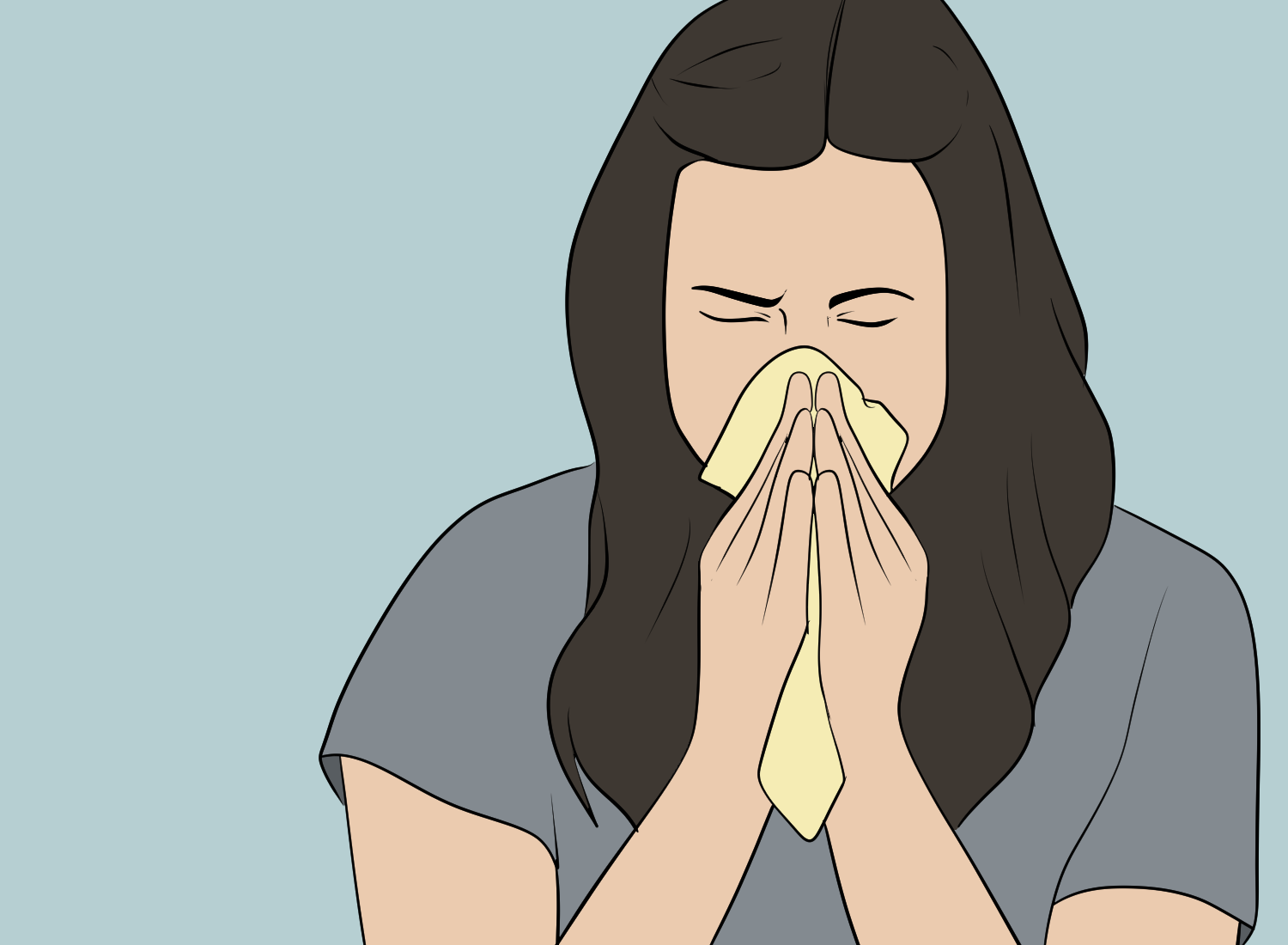
Risks to persons with weakened immune systems
For individuals with weakened immune systems, black mold exposure can be particularly dangerous.
This is because black mold can cause fungal infections in the body, which can be difficult to treat and may even be life-threatening in some cases.
It is important to note that while black mold exposure can be harmful, not all molds are toxic.
If you suspect that you have black mold in your home, it is important to have it professionally tested (in some cases for free) to determine the type of mold present and the best course of action for remediation.
Tools Required for Black Mold Detection
Detecting black mold in your home is essential to ensure the safety of your family and prevent potential health hazards. Here are the tools you will need to detect black mold:
1. Protective Gear
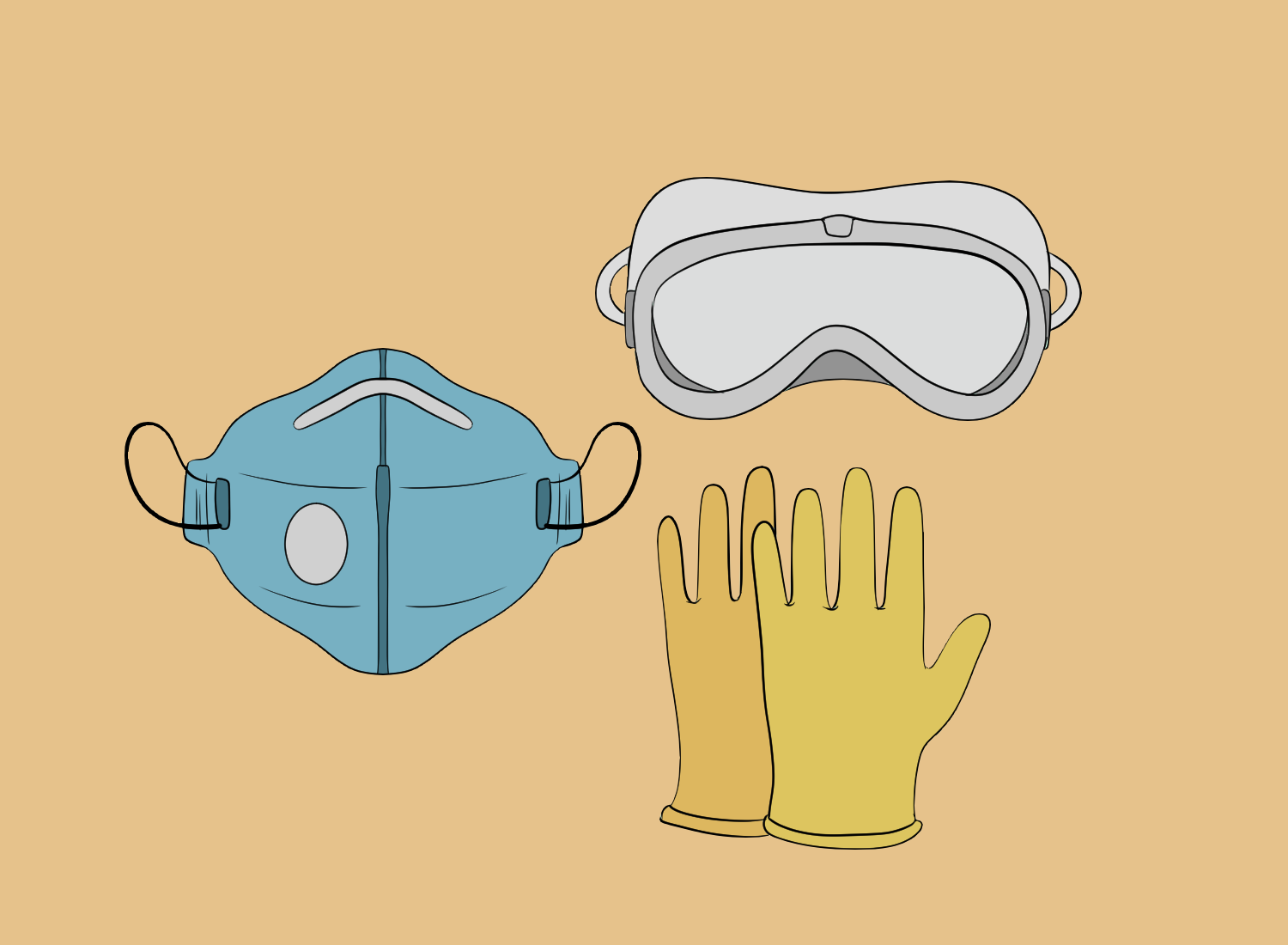
Before you start the detection process, it is crucial to wear protective gear to avoid any contact with the mold. Wear gloves, a mask, and safety goggles to protect your skin, lungs, and eyes.
2. Flashlight
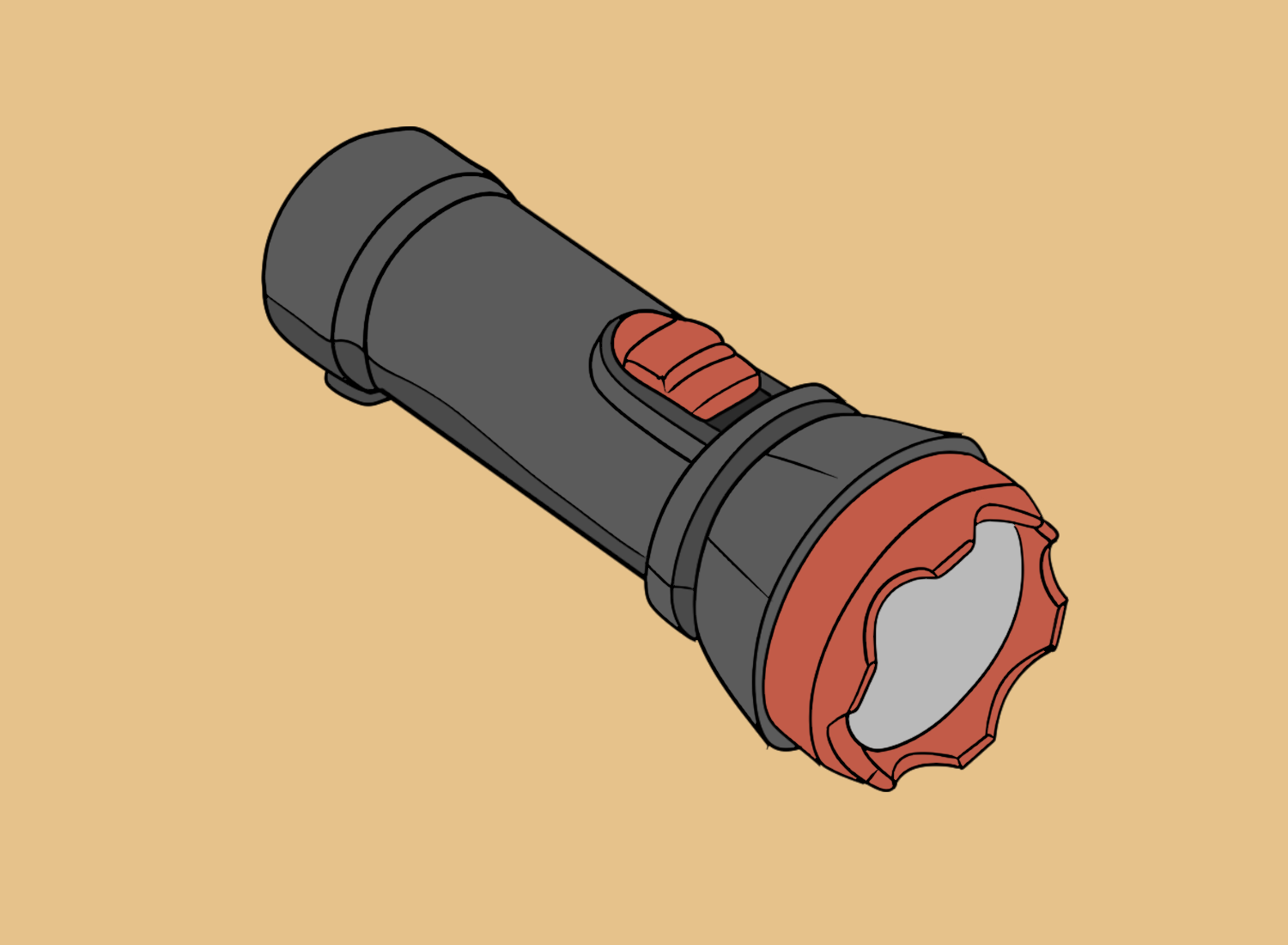
A flashlight is essential to detect mold in dark and hard-to-reach areas of your home. Use a powerful flashlight to inspect areas such as basements, crawlspaces, and attics.
3. Moisture Meter
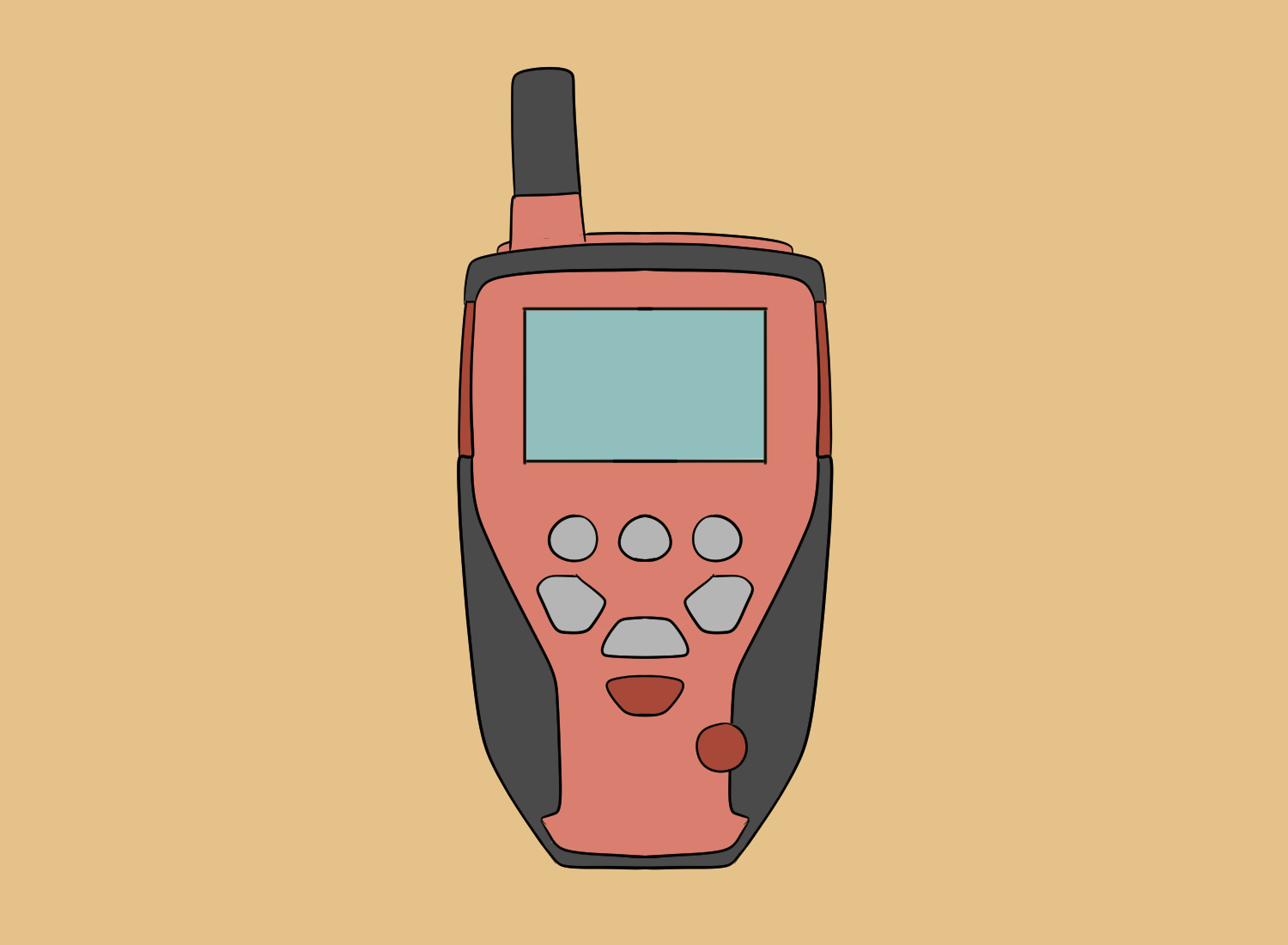
A moisture meter is a tool that measures the moisture content in the air and surfaces. High humidity levels and moisture are the primary causes of mold growth, so a moisture meter can help detect areas with high moisture levels.
4. Tape or Swab Samples
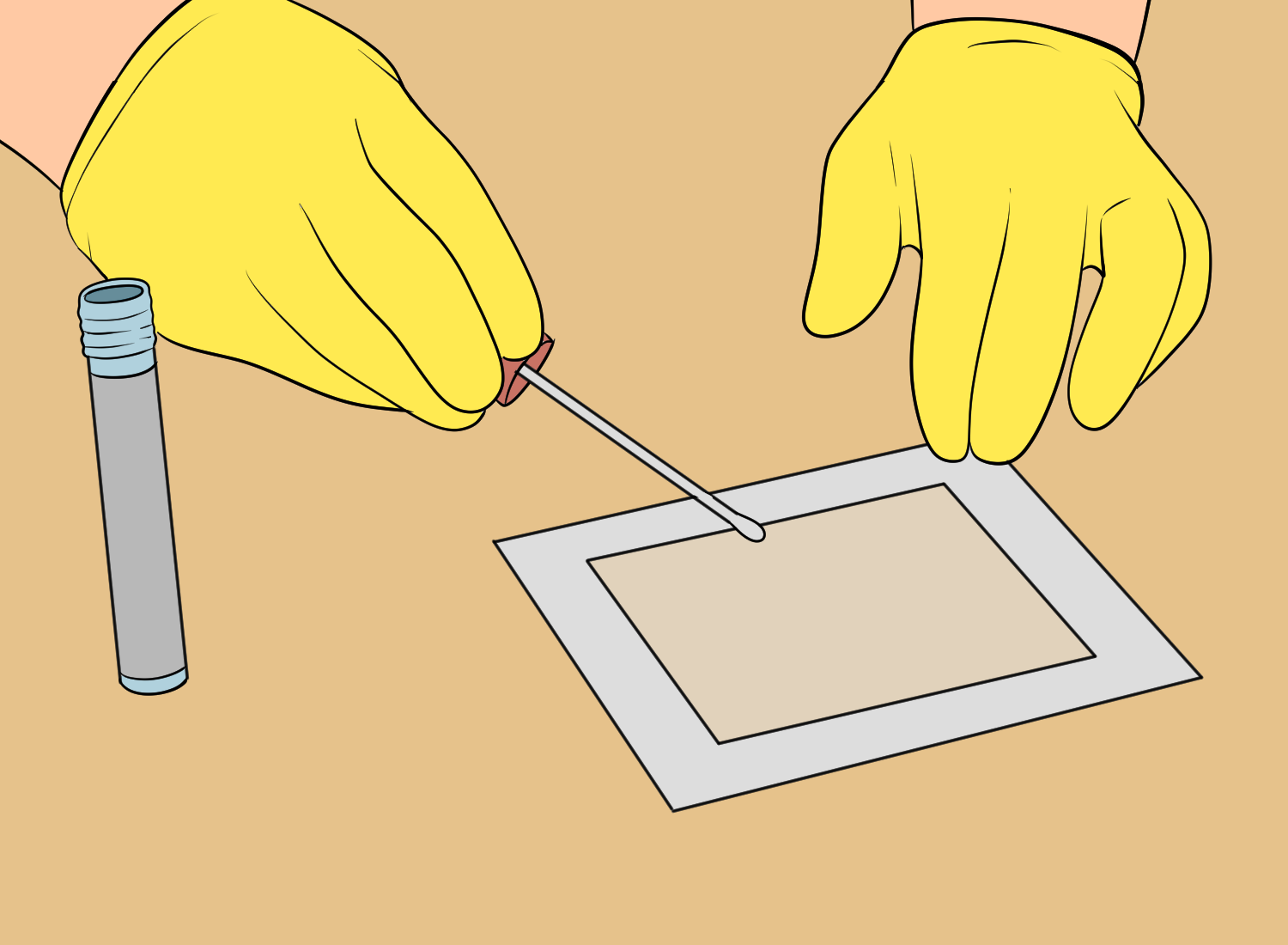
Tape or swab samples can be used to collect mold samples for laboratory testing. Use clear tape to collect visible mold samples from surfaces, or use a swab to collect samples from hidden areas.
5. Air Quality Test Kit
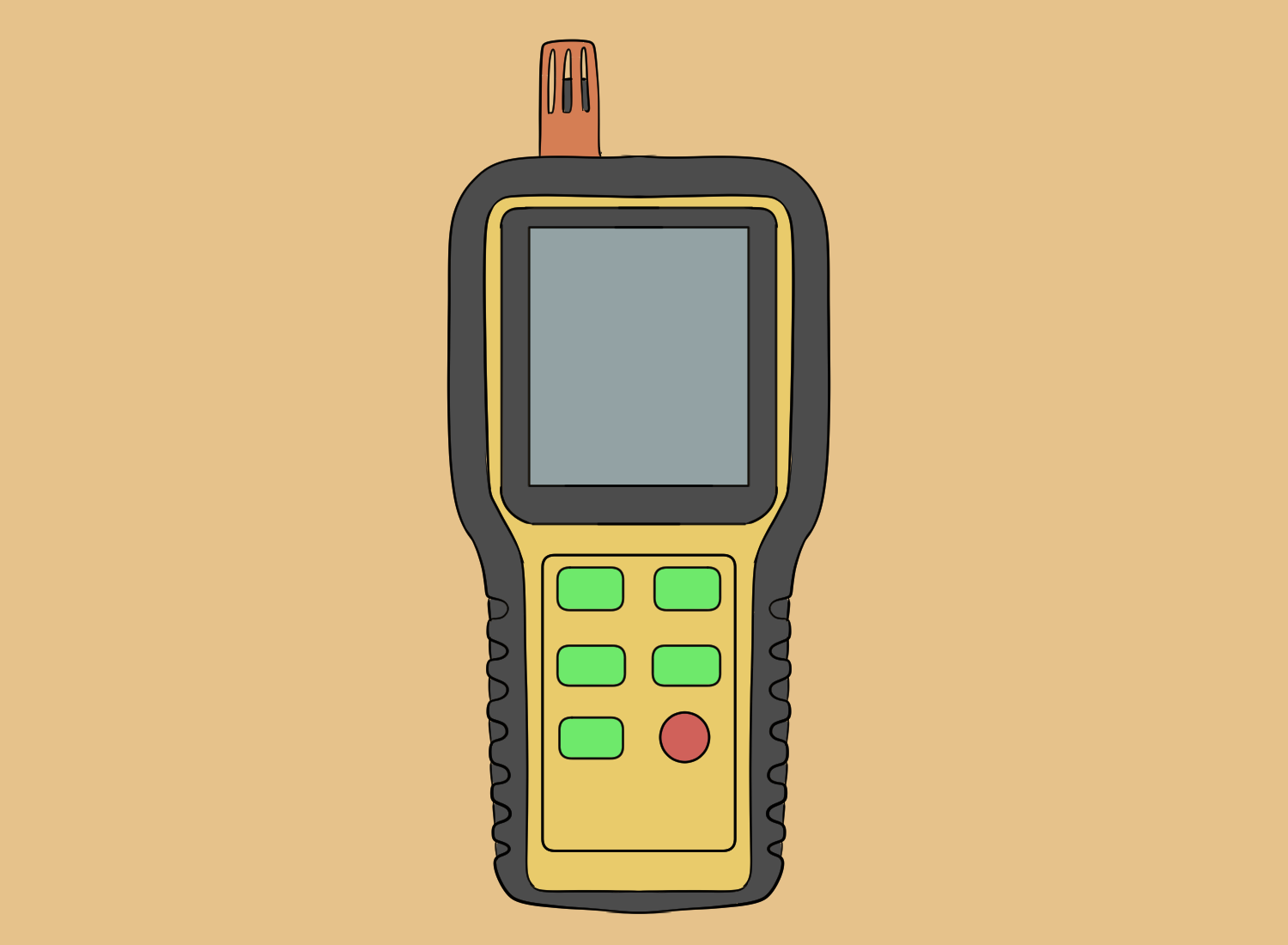
An air quality test kit is an easy and affordable way to test the air quality in your home. The kit contains a petri dish that collects air samples, which are sent to a laboratory for testing.
Remember to wear protective gear and follow safety precautions when detecting and removing mold.
Step-by-Step Guide to Detect Black Mold
If you suspect that your home has black mold, it’s important to take action right away.
Here’s a step-by-step guide to help you detect black mold:
Initial Inspection
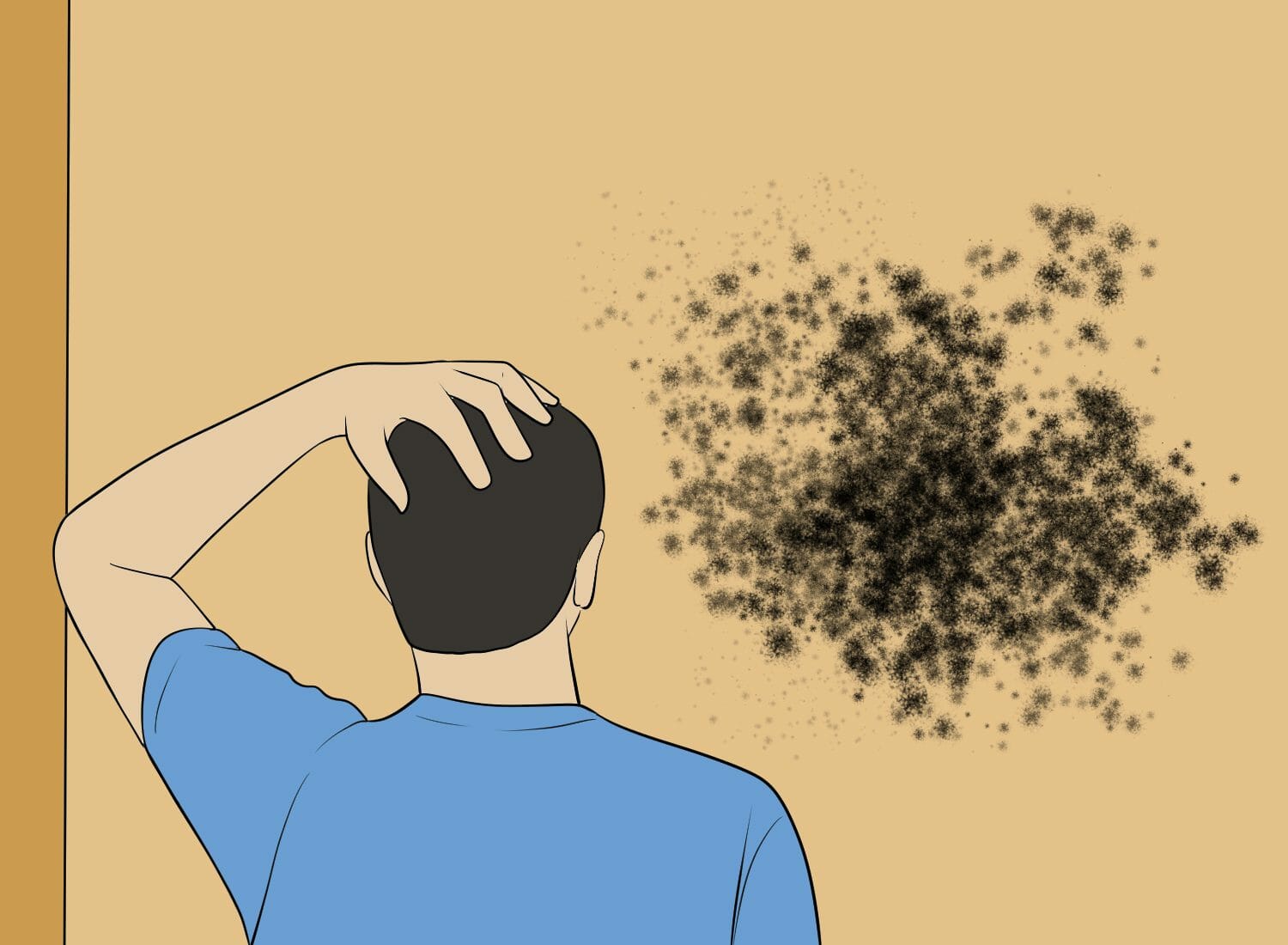
The first step in detecting black mold is to do an initial inspection of your home. Look for any signs of mold growth, such as discoloration or water stains on walls, ceilings, or floors.
Pay special attention to areas that are prone to moisture, such as bathrooms, kitchens, and basements. If you notice any musty odors, this could also be a sign of mold growth.
Using a Mold Test Kit
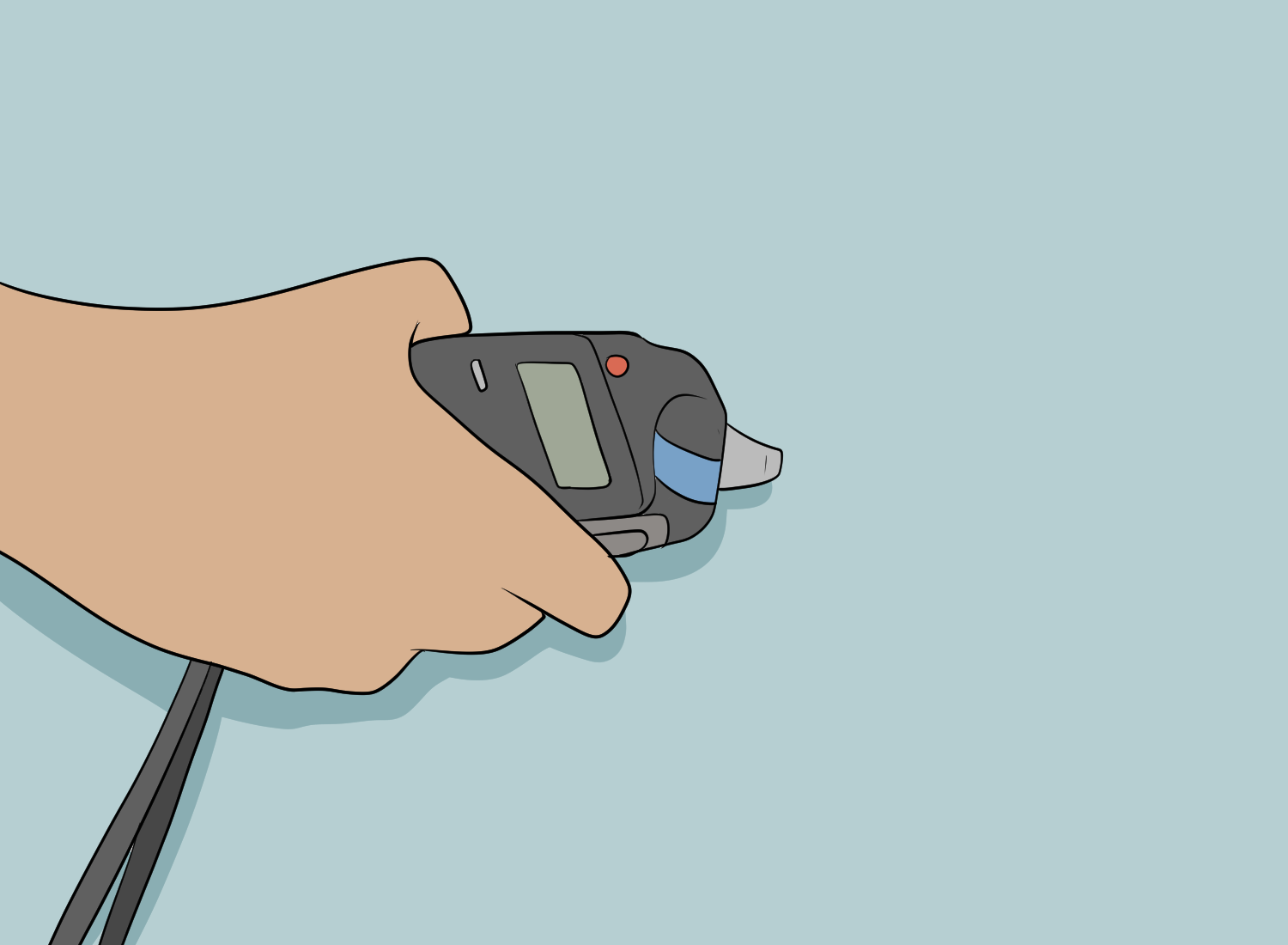
If you suspect that you have black mold, you can use a mold test kit to confirm your suspicions. These kits are available at most hardware stores and are relatively easy to use.
Simply follow the instructions on the kit to collect a sample of the suspected mold. The kit will then analyze the sample to determine if it is black mold or another type of mold.
Professional Mold Inspection
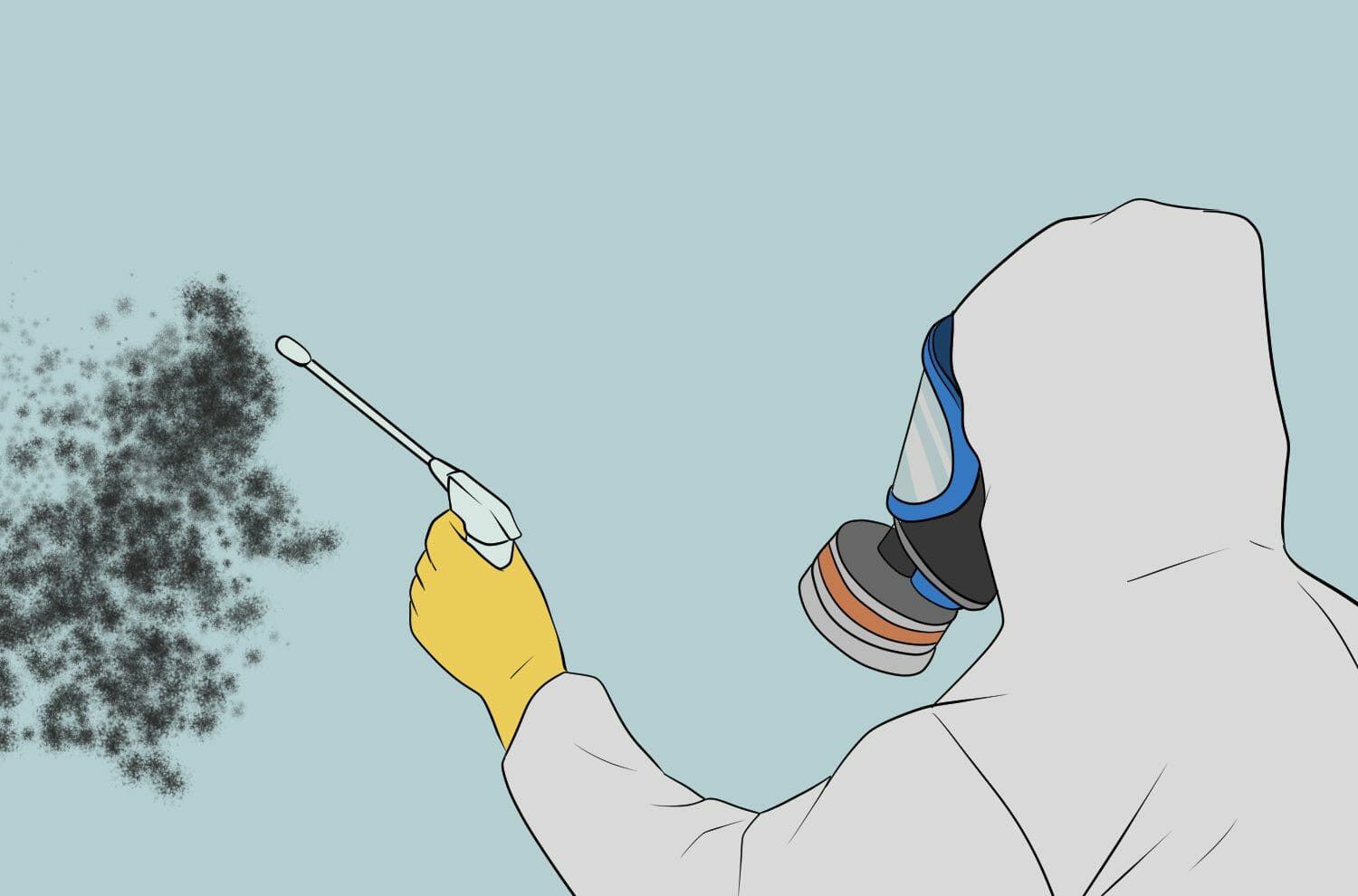
If you’re not comfortable doing a mold test yourself, or if you want a more thorough inspection, you can hire a professional mold inspector.
A professional inspector will be able to identify any mold growth in your home, as well as determine the type of mold and the extent of the growth. They may also be able to identify the source of the moisture that is causing the mold growth.
Remember, if you do detect black mold in your home, it’s important to take action right away. Black mold can be harmful to your health, especially if you have allergies or respiratory problems.
If you’re not comfortable removing the mold yourself, you can hire a professional mold remediation company to do the job for you.
Preventing Black Mold Infestation
Preventing black mold infestation is the best way to avoid the potential health risks associated with mold exposure. Here are some tips to help you prevent black mold from growing in your home:
Control Moisture
Mold thrives in moist environments, so controlling moisture is key to preventing mold growth.
Fix any leaks in your home promptly and ensure that humidity levels are kept low. Use a dehumidifier if necessary to keep humidity levels below 60%.
Proper Ventilation
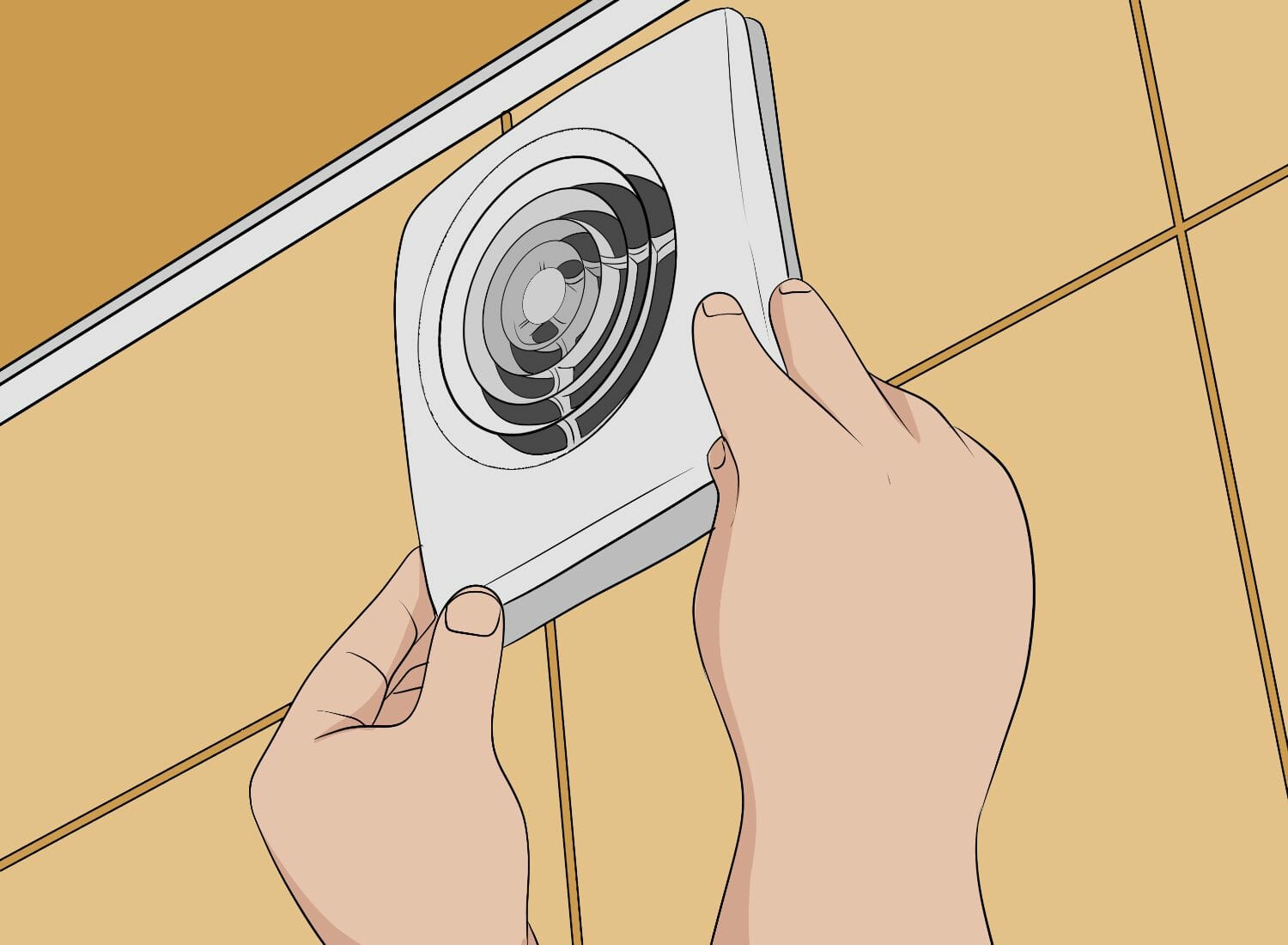
Proper ventilation is crucial in preventing mold growth. Ensure that your home is well-ventilated, especially in areas prone to moisture such as the bathroom, kitchen, and laundry room.
Use exhaust fans to remove moisture and ensure that air can circulate freely.
Clean Regularly
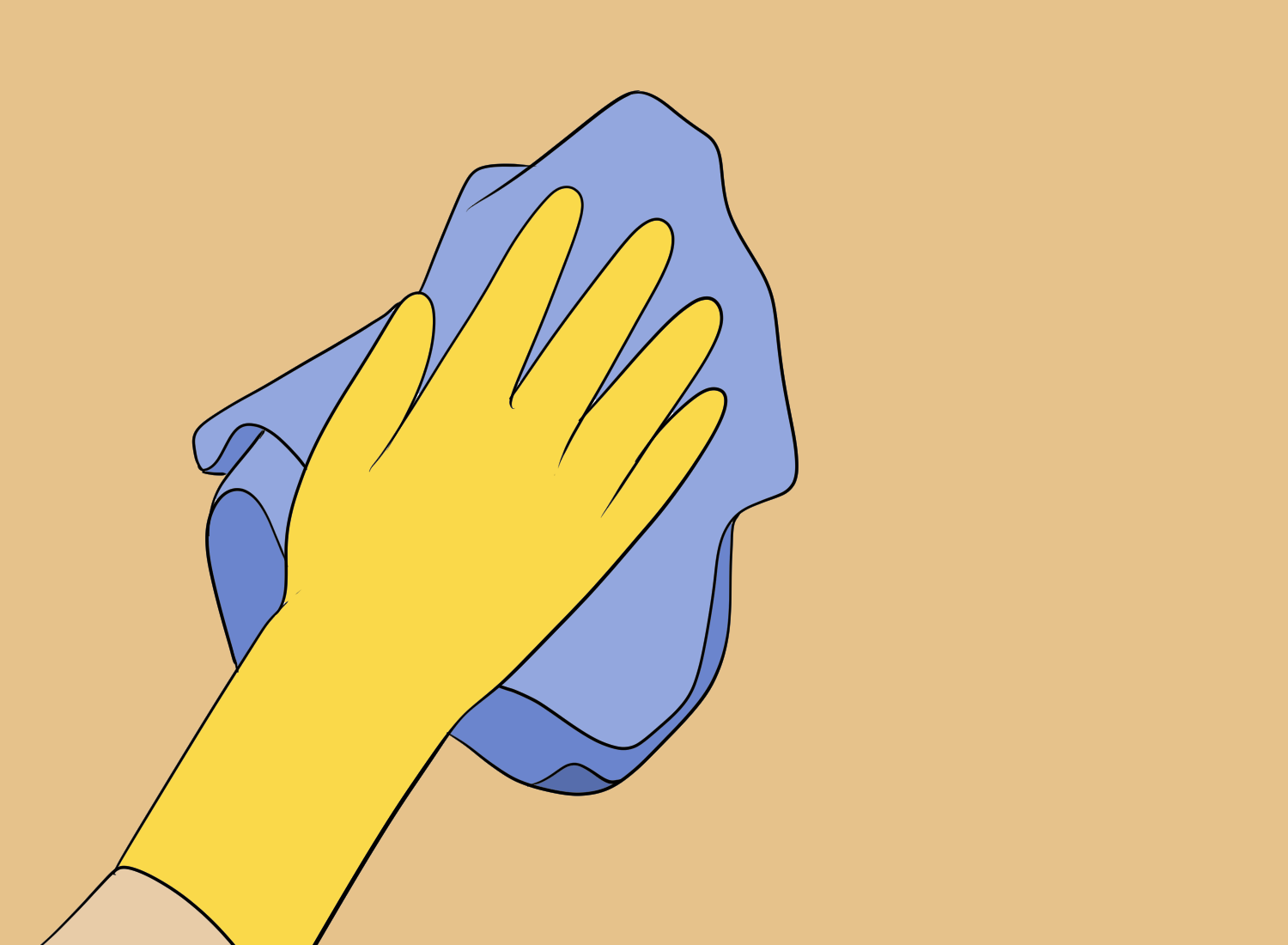
Regular cleaning can help prevent mold growth. Dust and vacuum your home regularly, paying special attention to areas prone to moisture such as bathrooms and kitchens.
Use mold-resistant products when cleaning and avoid using carpet in areas prone to moisture.
Monitor Indoor Humidity Levels
Use a hygrometer to monitor indoor humidity levels regularly. If you notice an increase in humidity levels, take steps to reduce them immediately.

This will help prevent mold growth and reduce the risk of health problems associated with mold exposure.
By following these tips, you can help prevent black mold infestation in your home and reduce the risk of health problems associated with mold exposure.
What to Do If You Find Black Mold
Finding black mold in your home can be a cause for concern. It is important to take immediate action to prevent further growth and minimize the risk of health issues. Here are some steps you can take if you find black mold in your home:
Identify the source: The first step is to identify the source of the mold. Check for any leaks or water damage in the area where the mold is growing.
Fixing the source of the moisture is essential to prevent the mold from coming back.
Protect yourself: Black mold can be harmful to your health, so it is important to take precautions when cleaning it up. Wear protective gear such as gloves, goggles, and a mask to avoid inhaling the spores.
Clean up the mold: Use a solution of water and detergent to clean up the mold. Avoid using bleach, as it can actually make the problem worse. If the mold is on a porous surface such as drywall, it may need to be replaced.
Dry the area: After cleaning up the mold, it is important to dry the area thoroughly. Use a dehumidifier or fan to help with the drying process.
Monitor the area: Keep an eye on the area where the mold was found. Check for any signs of regrowth, such as a musty smell or discoloration.
If the mold comes back, it may be a sign of a larger problem that needs to be addressed.
Remember, if you are unsure about how to clean up black mold or if the area is larger than 10 square feet, it is best to hire a professional to handle the job. Taking swift action and following these steps can help keep your home safe and healthy.
Legal Considerations for Black Mold
When it comes to black mold, there are several legal considerations to keep in mind. Mold can cause health problems, and if it is present in a rental property, the landlord may be liable for any resulting health issues.
For homeowners
Additionally, if you are a homeowner and you discover that your home has black mold, you may need to disclose this information to potential buyers if you decide to sell your property.
Failure to disclose this information could result in legal action against you.
If you suspect that you have black mold in your home, it is important to take action right away. Not only can mold cause health problems, but it can also cause damage to your property.
For renters
If you are a renter, you should notify your landlord immediately if you suspect that there is black mold in your rental unit. Your landlord is required to take action to address the issue.
For persons with pets in their household
It is also important to note that some forms of mold are considered toxic and can produce small molecular toxins, called mycotoxins. These mycotoxins can be harmful and toxic for humans and their pets.
If you suspect that you have black mold in your home, it is important to take action right away to protect your health and the health of your family.






